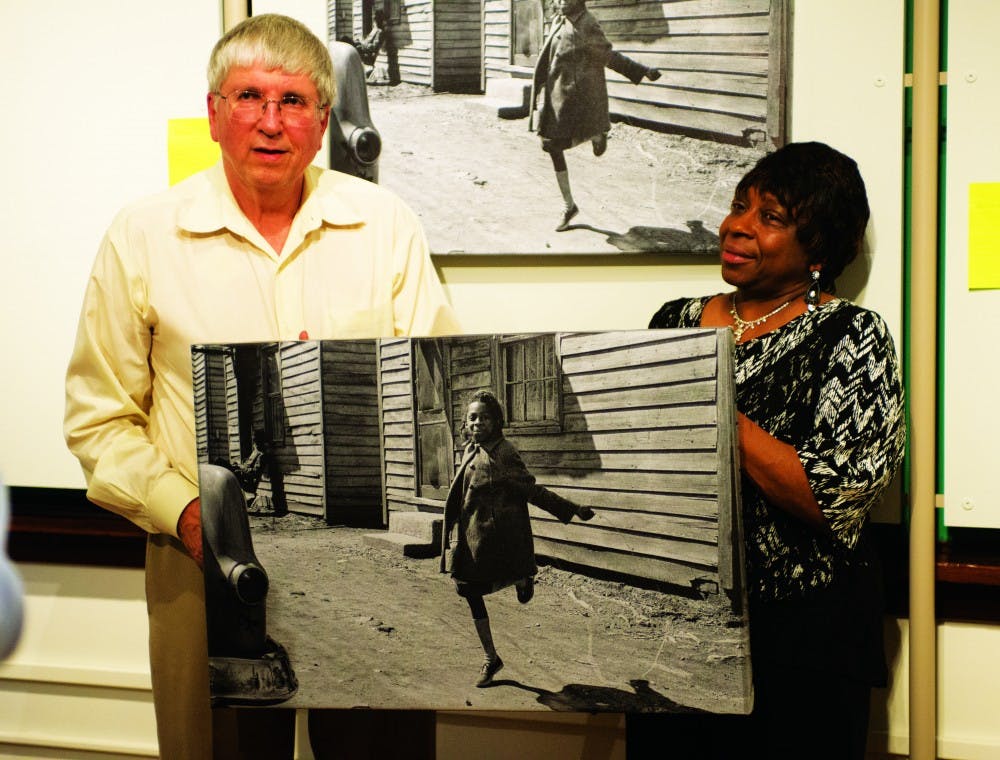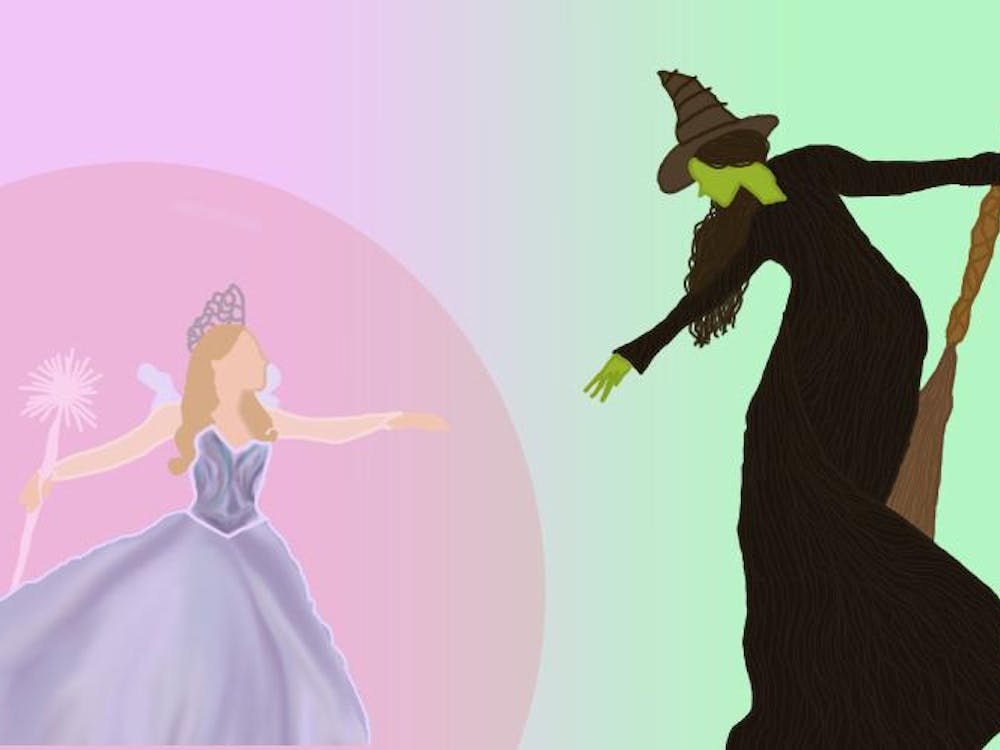Vinegar Hill, a once-vibrant neighborhood in Charlottesville, was the feature of last Saturday’s Jefferson School Foundation exhibit, which showcased the historically African-American neighborhood in its prime. The photos by photographer Gundars Osvalds range from action shots of young children jumping rope to older men conversing on what used to be the area’s Main Street.
As the exhibit’s accompanying “Vinegar Hill Project” website explains, in the “1960s, Charlottesville's Vinegar Hill neighborhood — an African American residential-business district born of black enterprise and state-sanctioned segregation — was declared ‘blighted’ by local authorities and demolished under the federally funded Urban Renewal program.” Attendees of the exhibit were touched by Osvalds’ effort to capture the seemingly mundane but actually dynamic moments of the neighborhood that were forgotten in its “blighted” state.
Osvalds was 16 years old when he captured the intricacies of Vinegar Hill. He lived in the observatory situated above the neighborhood and took the pictures in attempt to emulate a Life Magazine or National Geographic photographer.
It was not until Osvalds was recently sifting through some of the negatives of the Vinegar Hill photos that he decided that the photos should be seen by the larger public.
“My negatives are gold — I never throw a negative away,” Osvalds said.
One of the images was of a young girl named Emma Lewis, engaging in her favorite past time of jump rope. Although she cannot remember the picture being taken, Lewis does remember the sense of community and benevolence exuded by members of the Vinegar Hill community.
“I remember we used to share,” Lewis said. “My family shared our food with three other families.”
She remembers coming home to a house flooded with the smell of cakes, fried potatoes, bacon and eggs. She remembers selling pop bottles for cookies and looking out for the elders in the neighborhood. When she and her brothers finished their homework, they could go outside and play as long as they were home by the nine o’clock bell, something that was also removed in the demolition of her beloved neighborhood.
Lewis, along with several other members of the Charlottesville community, attended the event, each of them sharing a different story but all displaying a sense of pride in their neighborhood.
“Vinegar Hill is just the seed — there is more than just 1963,” Jefferson School Foundation director Andrea Douglas said.
As the project website states, Vinegar Hill represents “the displacement of the African American working and business classes, the destructive impact of urban renewal/gentrification on African American community life and the erasure of African American history from Charlottesville's commemorative landscape. ”
The attendees of the exhibit left with the desire to engage in conversation about the neighborhood and its place in history to ensure it maintains symbolic significance despite a physical absence.







